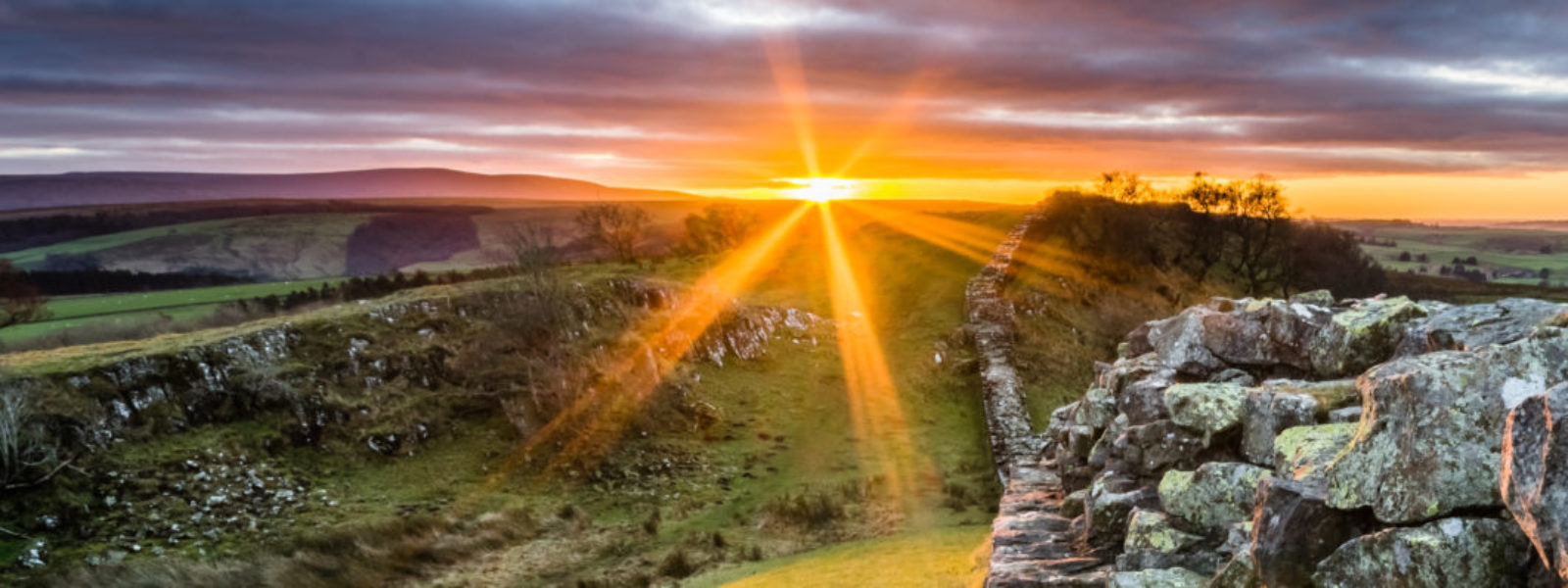Irish Burial — Revenants?
Lady Avicia was kind enough to send me a link to an article on a strange unearthed burial practice in 8th century Ireland.
The article led to more research, which led me to realize I had a big misconception about the Viking timeline in Ireland. I replied to Avicia that 8th century Ireland was home to several Viking kingdoms, which thus explained the presence of the Norse legend of the duargr – the revenant. This may have been one of the techniques of burial where the Norse kept the dead from getting back up again. (Note that cremation wouldn’t take care of the problem — the ashes from the burning landed on animal food and salt licks, and infected animals with a seriously bad temper and supernatural strength.)
However, it turns out that I was “dead” wrong (get it?) about the timeline — the Vikings’ first recorded raid in Ireland wasn’t until the end of the 8th century and they did not start settling inland until at least 830. I am sure that individual Vikings had sailed to Ireland already, thus the subsequent arrival of well-prepared raiding parties who concentrated on wealthy coastal monasteries like Iona. But I would hesitate to ascribe a burial practice to theoretical individuals. And we have no way of knowing for sure if the stones applied to revenant legends, although the Norse prescribed certain burial rites to keep the dead from rising again.
To be sure, Ireland has always been a hotbed of supernatural activity. They have medieval legends of the corporeal walking dead as does northern England. (Southern England’s ghost stories are largely monastic and center on demon-inspired haunts.) But did the revenant tales occur independently in separated cultures — or due to the cross-pollination of Viking raids or Irish slaves?
* Here is a link to a short paper I wrote on the duargr:“Remnants of Revenants.”

Leave a Reply